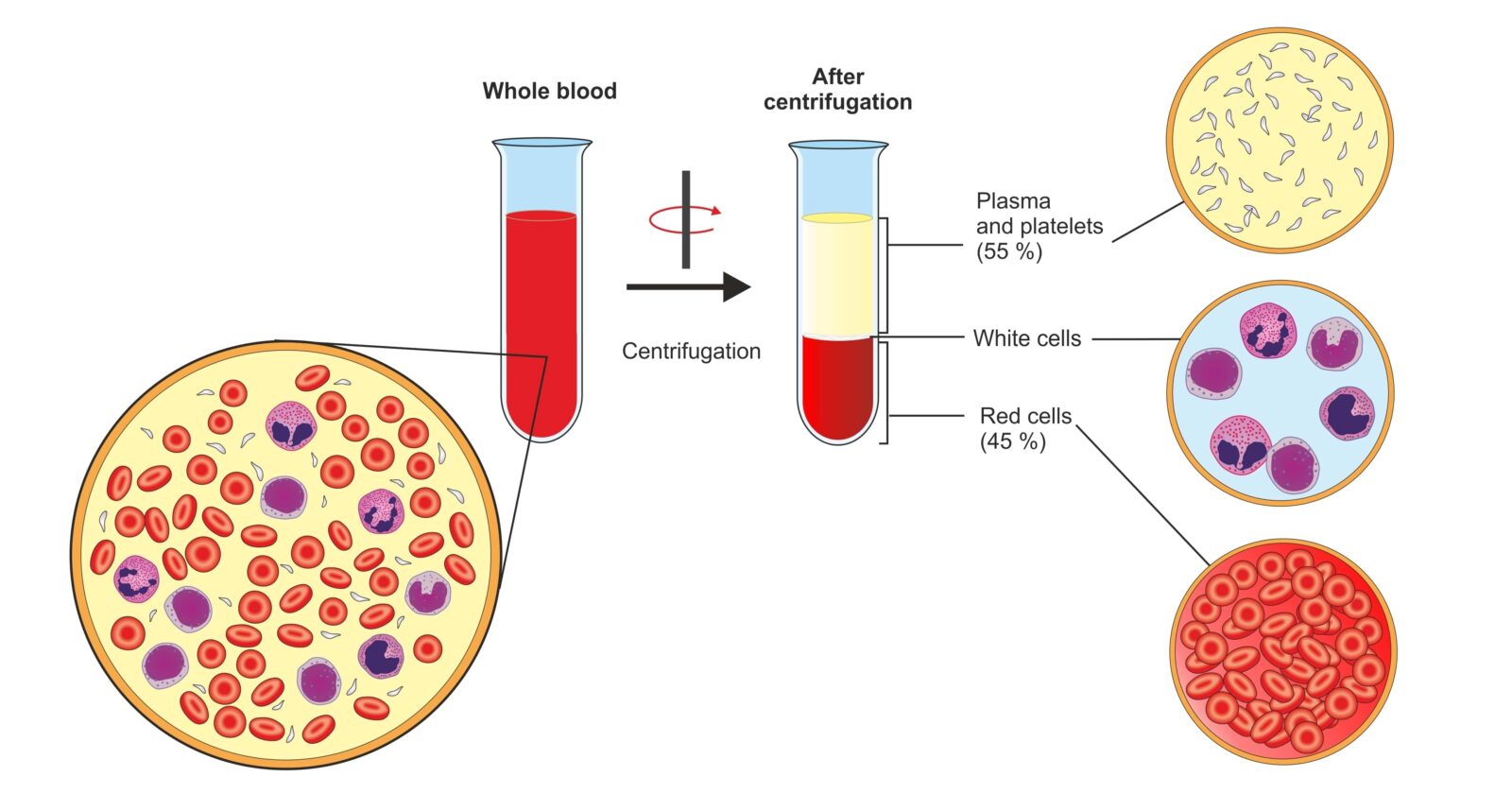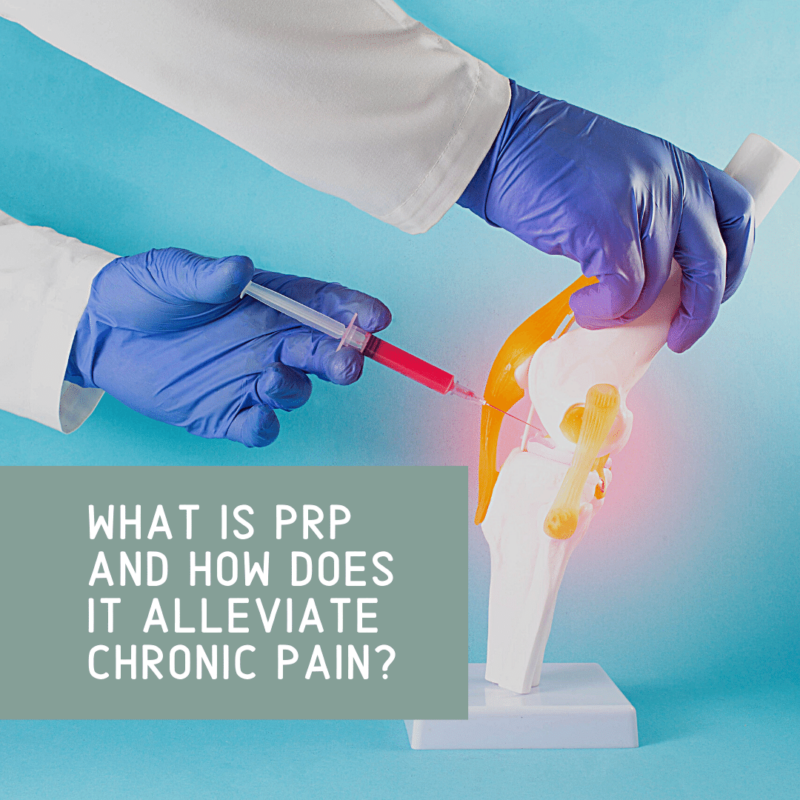If you’re living with chronic pain, you know just how debilitating it can be. Everyday activities that most people take for granted, like walking or climbing stairs, can be a challenge. What if there was an injection that could help manage your chronic pain and improve your quality of life? PRP injections may be the answer you’ve been looking for. In this blog post, we will discuss what PRP is and how it can help alleviate chronic pain. We’ll also cover what to expect during the procedure and how PRP works to provide relief from chronic pain symptoms.
What is PRP?
PRP, or platelet-rich plasma, is a concentration of platelets and growth factors that are derived from your own blood. Platelets are cells that play a key role in wound healing and tissue regeneration. When injected into an area of injury or pain, PRP can help to promote healing and reduce inflammation. Growth factors are proteins that help to stimulate cell growth and regeneration. They are also involved in the healing process. PRP injections can be used to treat a variety of conditions, including:

- Achilles tendinitis
- Knee pain
- Rotator cuff injuries
- Tennis elbow
- Back pain
- Carpal tunnel syndrome
- Chronic headaches
- Fibromyalgia
- Hamstring injuries
- Hip pain
- Shoulder pain
What to Expect
PRP injections are performed in an outpatient setting and can easily be performed during a single appointment. The first step is to collect a sample of your blood. This is done by drawing blood from a vein in your arm, similar to how you would for a routine blood test. The collected blood is then placed in a centrifuge, which spins the blood to separate the platelets and growth factors from the rest of the blood. Once the PRP has been isolated, it is extracted from the blood sample and injected into the area of pain or injury. The entire process generally takes between 30 and 60 minutes from start to finish.
After the PRP injection, you may experience some soreness and swelling at the injection site. These side effects are typically mild and resolve on their own within a few days. You may also be asked to avoid strenuous activity for 24 to 48 hours following the injection to allow the PRP to properly settle into the injection site. In most cases, it will take several weeks to notice results. This is because it takes time for the PRP to regenerate damaged tissues and decrease inflammation.
How Do PRP Injections Alleviate Chronic Pain?
PRP injections are a promising treatment for chronic pain because they can help to promote healing and reduce inflammation in a specific area. When injected into an area of injury or pain, PRP releases growth factors that stimulate the release of new cells and the regeneration of damaged tissue. This can help to speed up the healing process and alleviate pain. Additionally, PRP injections can help to reduce inflammation, which can also lead to pain relief.
In Conclusion
In this blog, we have discussed what PRP is and how it can help alleviate chronic pain. We’ve also covered what to expect during the procedure and how PRP works to provide relief from chronic pain symptoms. PRP injections are a safe and effective treatment for chronic pain that has been shown to provide long-lasting relief. If you’re living with chronic pain, talk to your doctor about whether PRP injections may be right for you.





